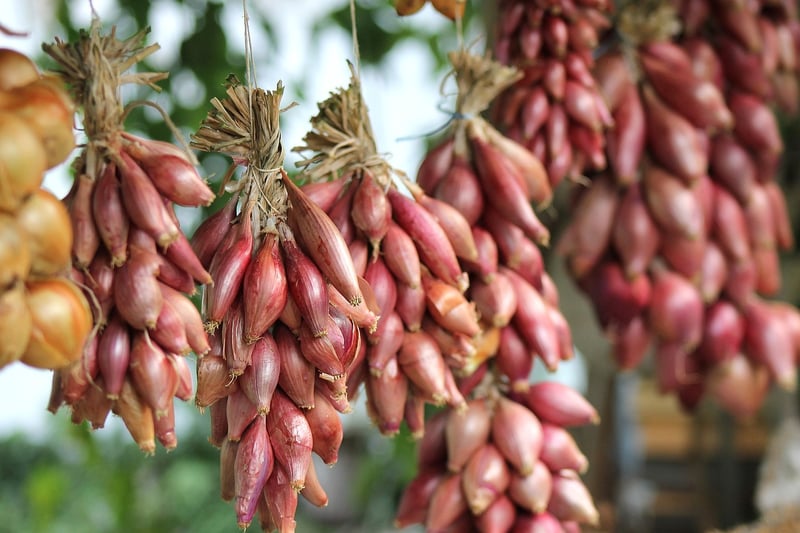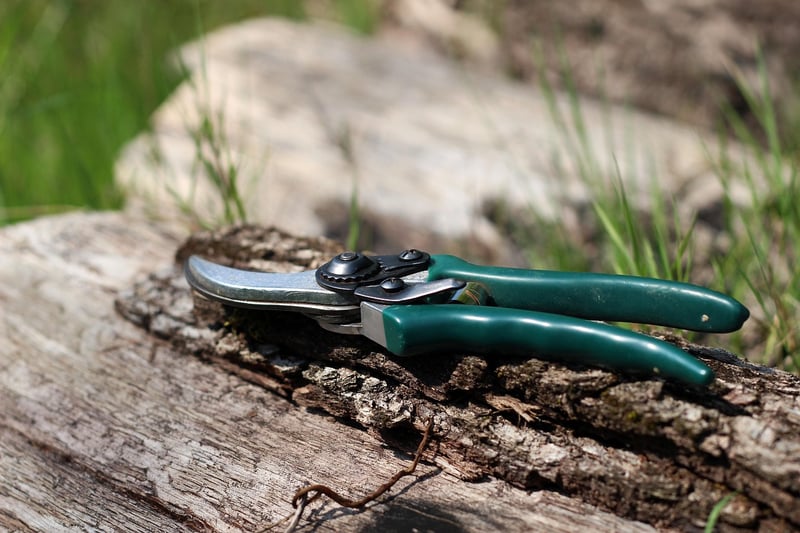Pruning Basics
Caring for Urban Plants: Pruning Basics
Introduction
Urban plants play a vital role in creating green spaces within cities, improving air quality, and providing a sanctuary for urban wildlife. Proper care and maintenance are essential to ensure the health and longevity of these plants. One crucial aspect of plant care is pruning, which helps promote growth, maintain shape, and prevent diseases. In this article, we will explore the basics of pruning urban plants to help you keep your green companions thriving.
Why Prune Urban Plants?
Pruning is a necessary practice for urban plants for the following reasons:
- Promotes healthy growth by removing dead or overgrown branches.
- Improves the overall appearance of the plant by maintaining its shape and structure.
- Prevents diseases by eliminating diseased or damaged parts that can spread infection.
- Encourages the development of flowers and fruits by redirecting the plant's energy to productive areas.
Pruning Basics
When pruning urban plants, keep the following basics in mind:
- Use sharp and clean pruning tools to make precise cuts without damaging the plant.
- Identify the parts of the plant that need pruning, such as dead or crossing branches.
- Prune during the plant's dormant season to minimize stress and promote new growth in the spring.
- Make cuts at a 45-degree angle just above a bud to encourage healthy regrowth.
- Remove suckers and water sprouts to prevent the plant from wasting energy on non-productive growth.
Conclusion
Pruning is a fundamental aspect of caring for urban plants that should not be overlooked. By following the basic principles of pruning and regularly tending to your green companions, you can help them thrive in the urban environment and contribute to a healthier, greener cityscape.
 Image Source
Image Source
